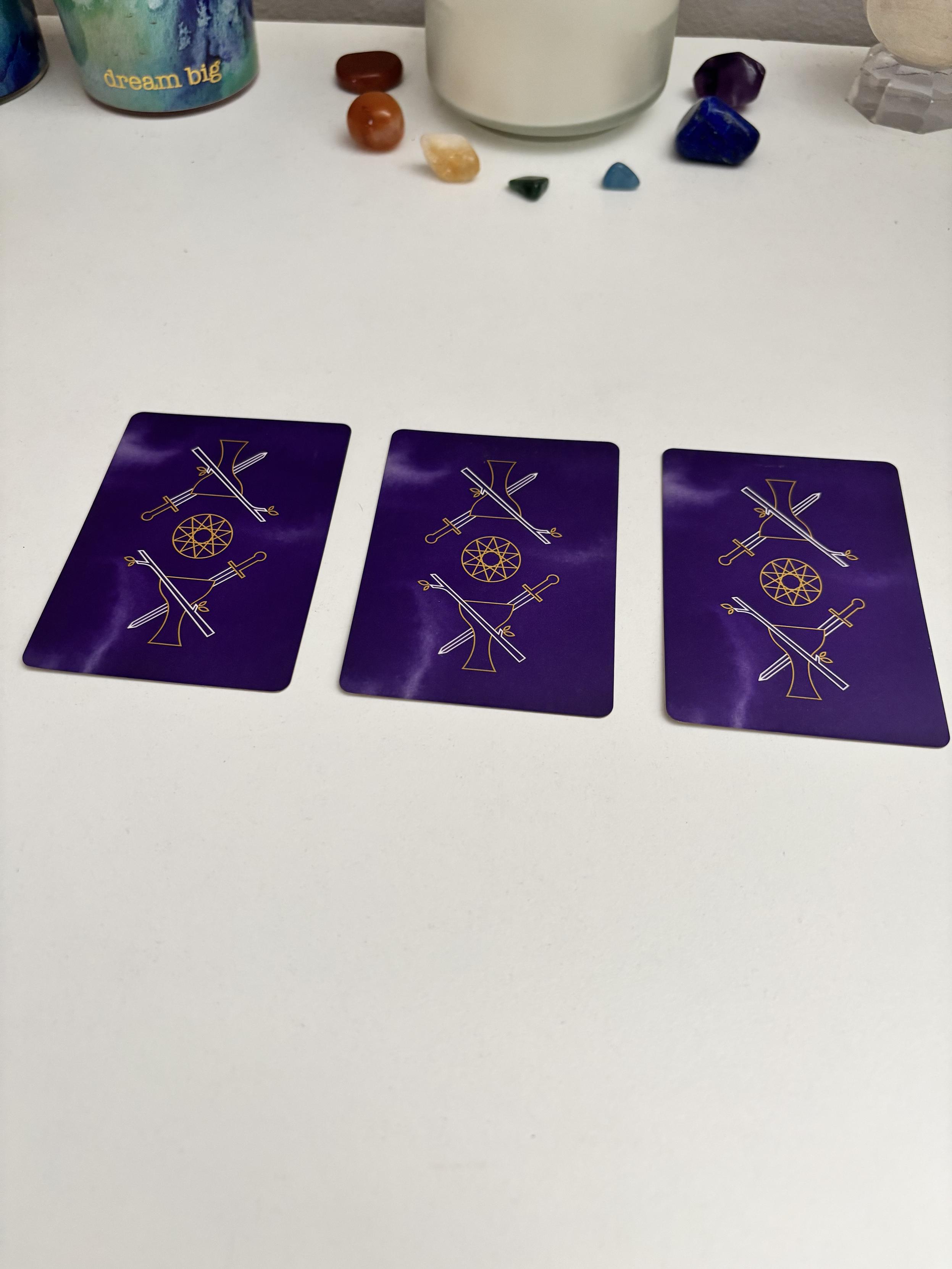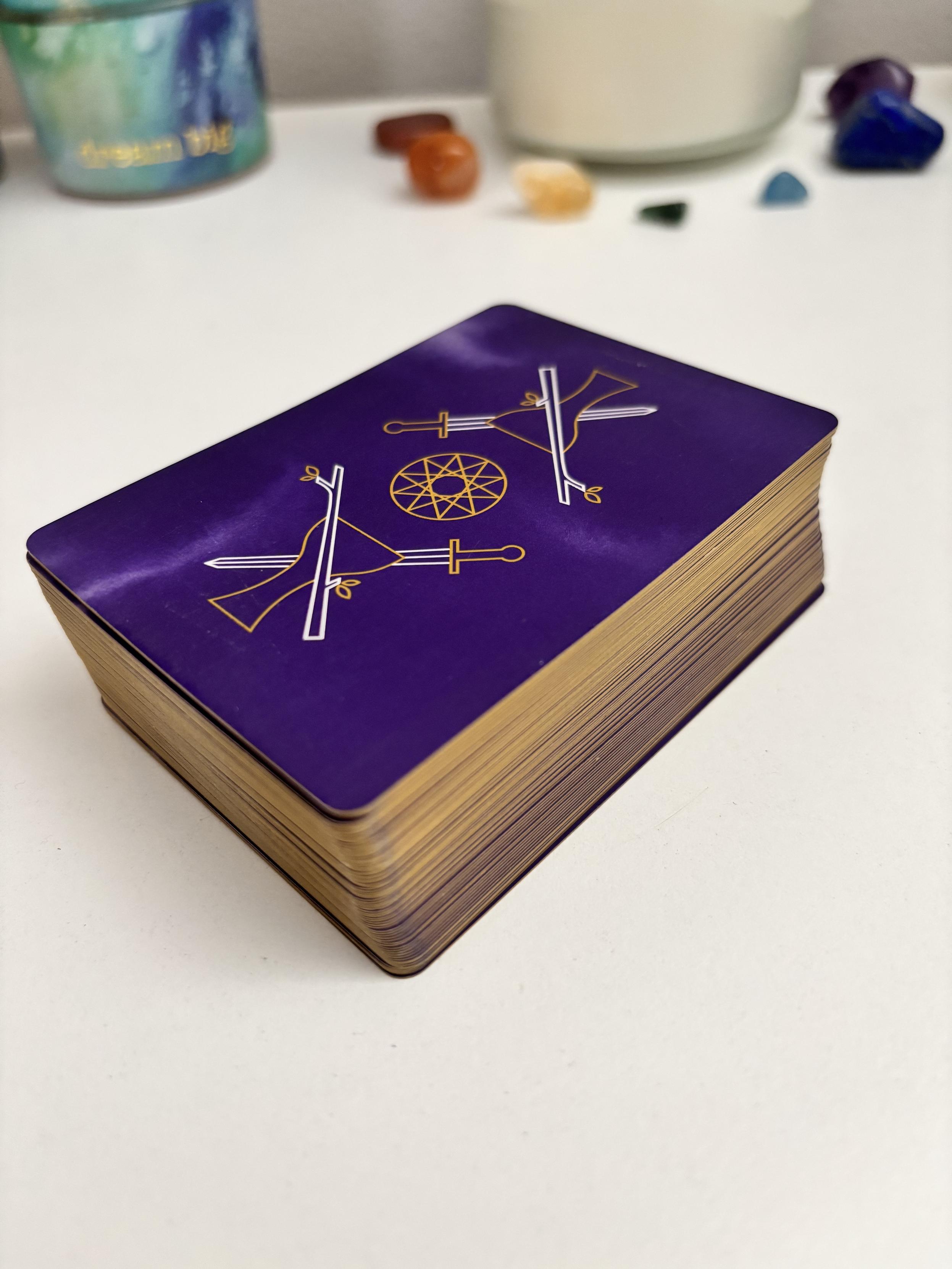A mapping between the #tarot and Brian Eno's [[Oblique Strategies]] pattern language:
https://gist.github.com/kixiQu/5652d35306a70a39d8fa2ba06197faba
A mapping between the #tarot and Brian Eno's [[Oblique Strategies]] pattern language:
https://gist.github.com/kixiQu/5652d35306a70a39d8fa2ba06197faba




Priestess card in progress.
Empress card in progress
Empress card in progress
Priestess card in progress.
International Snow Leopard Day. ❄️ ✨
23 October 2025
#internationalsnowleopardday #snowleopard #art #fediart #mastoart #queenofswords #tarot #krita
International Snow Leopard Day. ❄️ ✨
23 October 2025
#internationalsnowleopardday #snowleopard #art #fediart #mastoart #queenofswords #tarot #krita
"It doesn't matter which direction you pick, as long as you pick one and get moving!"
One of the quirkiest cards from the Everyday Witch Tarot - The Chariot! I created this deck with author Deborah Blake, published by Llewellyn Worldwide.
Signed art prints of this card (+ all the others) at http://albaillustration.etsy.com. I also have 2 remaining signed copies of the deck - signed by both myself AND Deborah (+ they come with extra goodies)!
"It doesn't matter which direction you pick, as long as you pick one and get moving!"
One of the quirkiest cards from the Everyday Witch Tarot - The Chariot! I created this deck with author Deborah Blake, published by Llewellyn Worldwide.
Signed art prints of this card (+ all the others) at http://albaillustration.etsy.com. I also have 2 remaining signed copies of the deck - signed by both myself AND Deborah (+ they come with extra goodies)!
I fell into a tarot deck rabbit hole the past weekend. Guessed I could make use of some of the decks I collected and whipped up a tarot spread micro-site.
https://jache.re/how-to/Tarot.html
The decks are over on are.na and I just pull the images over the API.
https://www.are.na/adrian-demleitner/tarot-2el1roofzhu
And please, how cool are The Garbage File's cards! I wish there would be a hole set of these.


I fell into a tarot deck rabbit hole the past weekend. Guessed I could make use of some of the decks I collected and whipped up a tarot spread micro-site.
https://jache.re/how-to/Tarot.html
The decks are over on are.na and I just pull the images over the API.
https://www.are.na/adrian-demleitner/tarot-2el1roofzhu
And please, how cool are The Garbage File's cards! I wish there would be a hole set of these.

